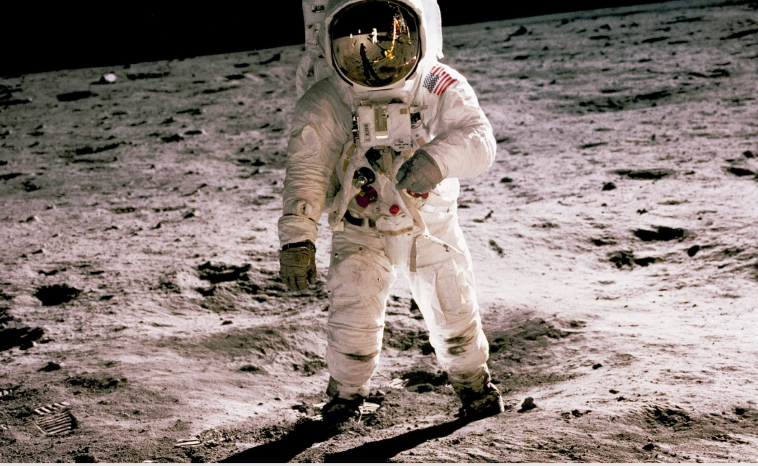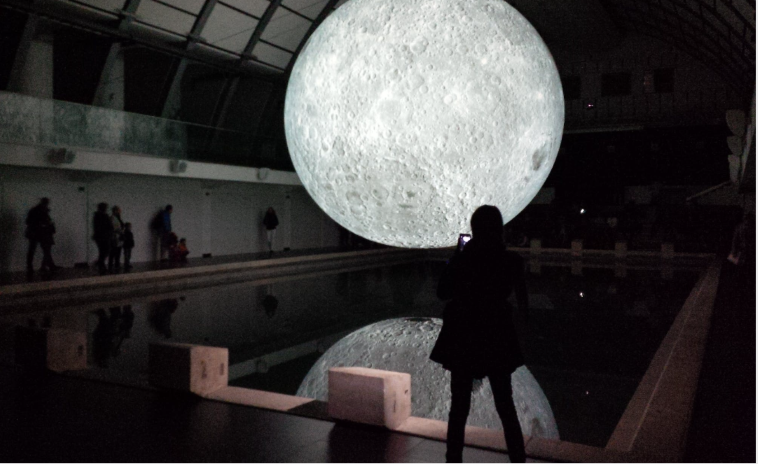Moon Telescopes could change the game

Imagine an observation night like this: a crystal clear sky, no dust, no moisture, no clouds, no atmosphere in fact. The stars hardly move, and you don’t need tracking. There is no twilight, it is either day or night.
As soon as the Sun sets, you can observe and record. In fact, even the Sun doesn’t bother you if you don’t look directly at it. And the night of observation lasts not a few hours, but a few weeks.
These are just some of the advantages of an observatory on the Moon, and there are certainly more. One day such an observatory will simply have to be built. After all, telescopes are sent into space because of the limitations imposed by the atmosphere on Earth.
All astronomers have great expectations from the observatory on the Moon, especially radio astronomers, because it is in their field of astronomy that they see the greatest advantages of observing from its far side, from the side that never looks at the Earth.
That side is permanently shielded from radio signals from the Earth. During the night, the observatory on the other side of the Moon would also be protected from the Sun. In fact, astronomers believe that the far side of the Moon is the quietest location in the entire solar system because none of the other planets and none of their satellites have a side permanently facing away from Earth. It is clear then that the Moon is an ideal place to build a radio observatory.

Radio waves longer than 15 meters are blocked by the Earth’s ionosphere, while on the Moon they reach the ground unhindered, and that is why this area of the electromagnetic spectrum is still unexplored – here on Earth. But observations from the Moon will open new chapters in astronomy.
Radio observations will allow astronomers to examine the structure of the early universe and to study the era before the appearance of the first galaxies. In that ancient time, most of the matter in the universe was in the form of neutral hydrogen atoms.
This also applies to the mysterious dark matter. These atoms emit and absorb radiation at a wavelength of 21 centimeters, which radio astronomers have been using to study hydrogen clouds in our galaxy since the 1950s.
But as the universe expanded, the 21 cm rays generated by hydrogen in the early universe shifted over time to longer wavelengths, so that today we observe them at lengths of over 10 meters. The far side of the Moon is perhaps the only place from which astronomers can detect and study these signals.

And that’s not all. Astronomers will certainly try to detect radio waves from charged particles captured by the magnetic fields of planets orbiting other stars. This could lead to a more accurate estimate of how habitable these exoplanets are. Radio waves from those planets probably have wavelengths greater than 100 meters – and the other side of the Moon is ideal for detecting those waves.
The Moon can be of great use for both optical and infrared astronomy. The Hubble and Webb telescopes are used for that branch of astronomy today, but the Moon can offer infrared telescopes the stability that Hubble and Webb do not have in their orbits.
And finally, the surface of the Moon itself can provide valuable data to astronomy, but also to other sciences.
Want to read more about the universe? Visit our blog!

